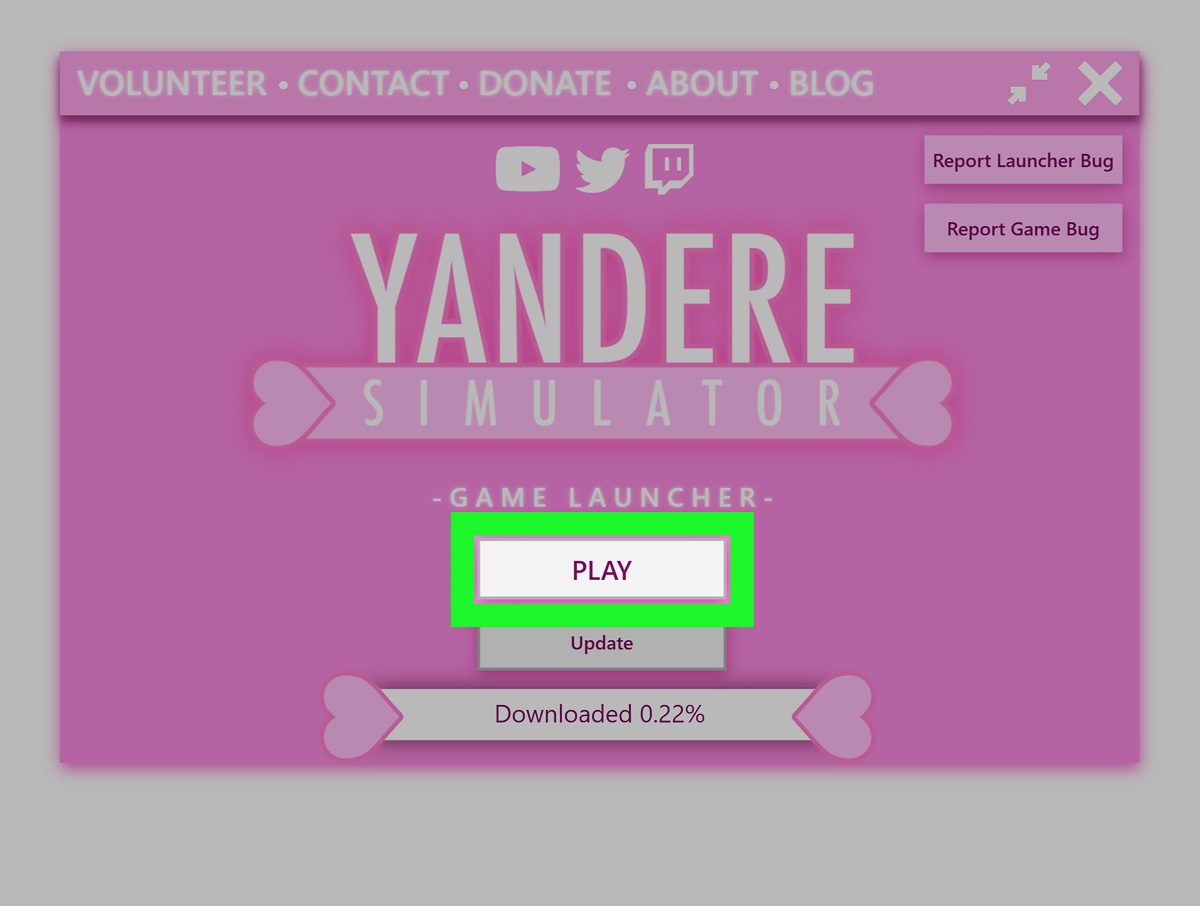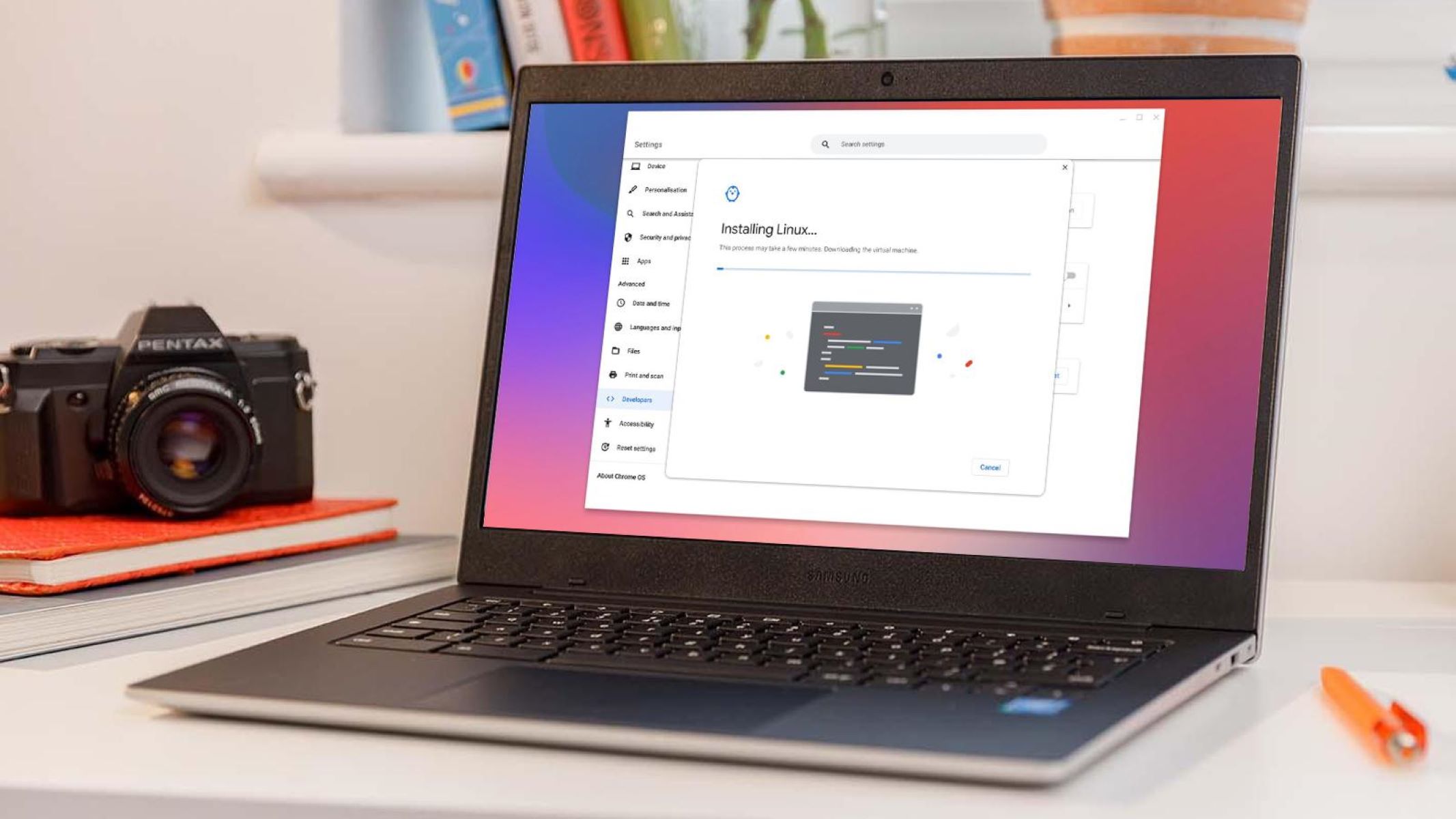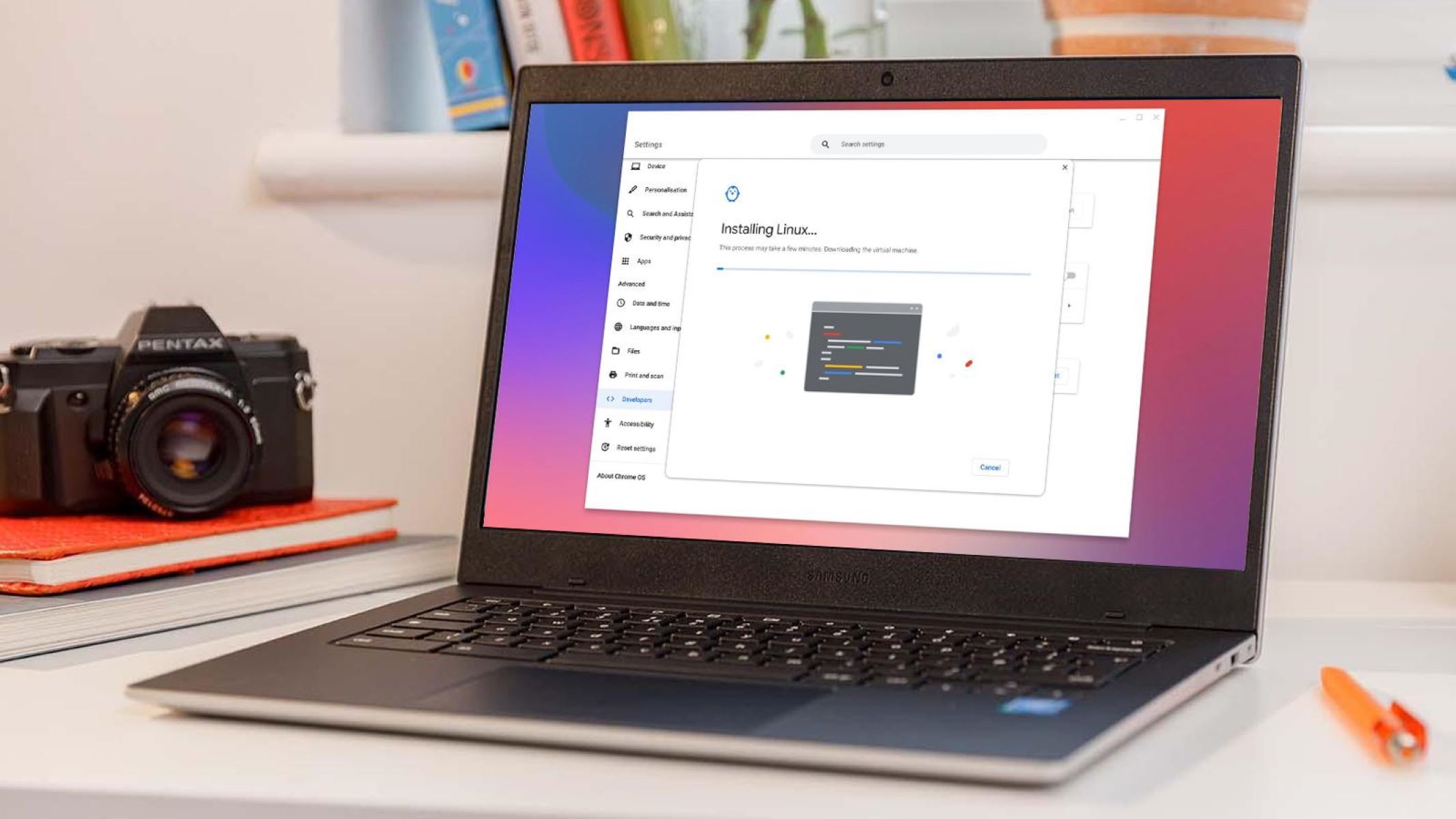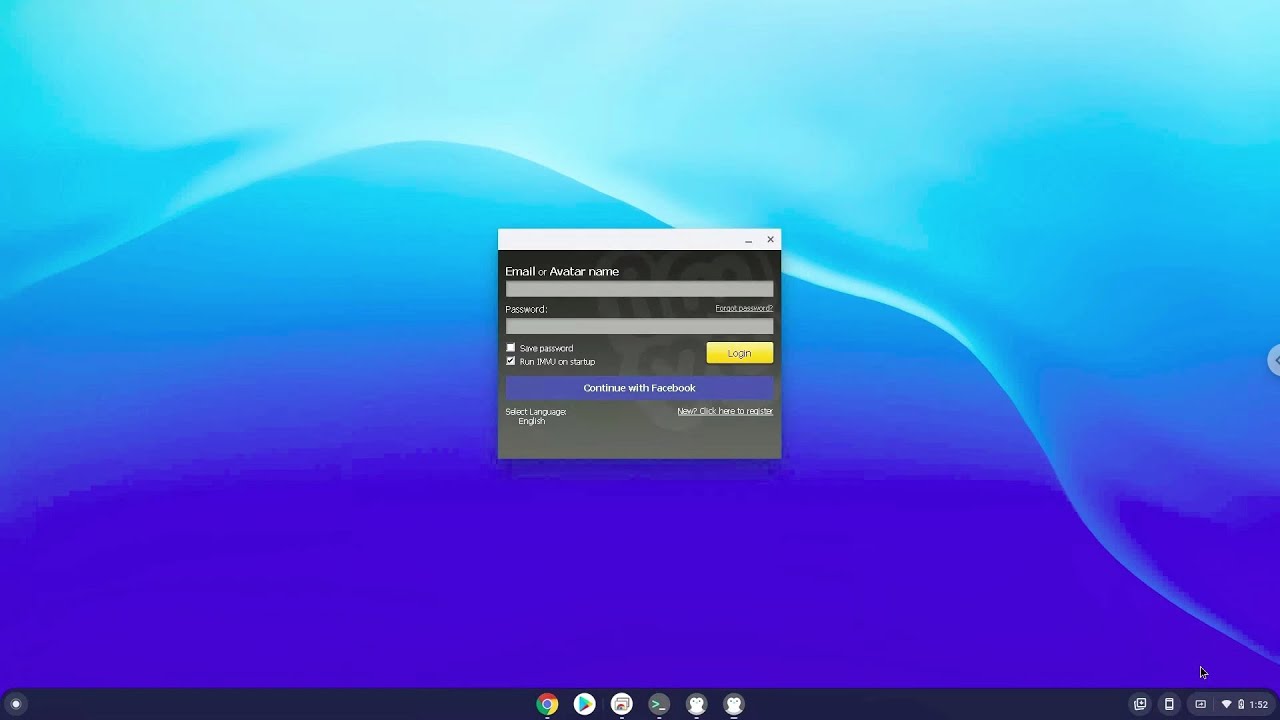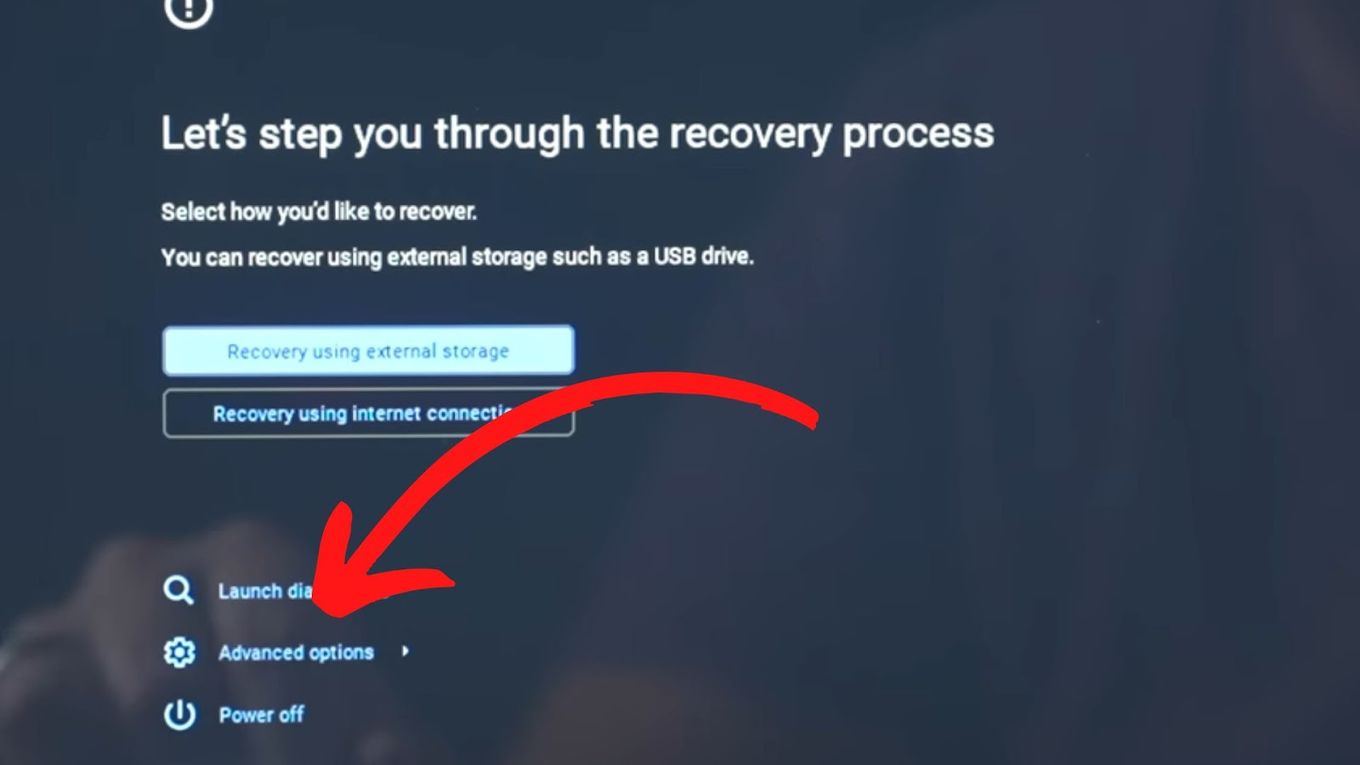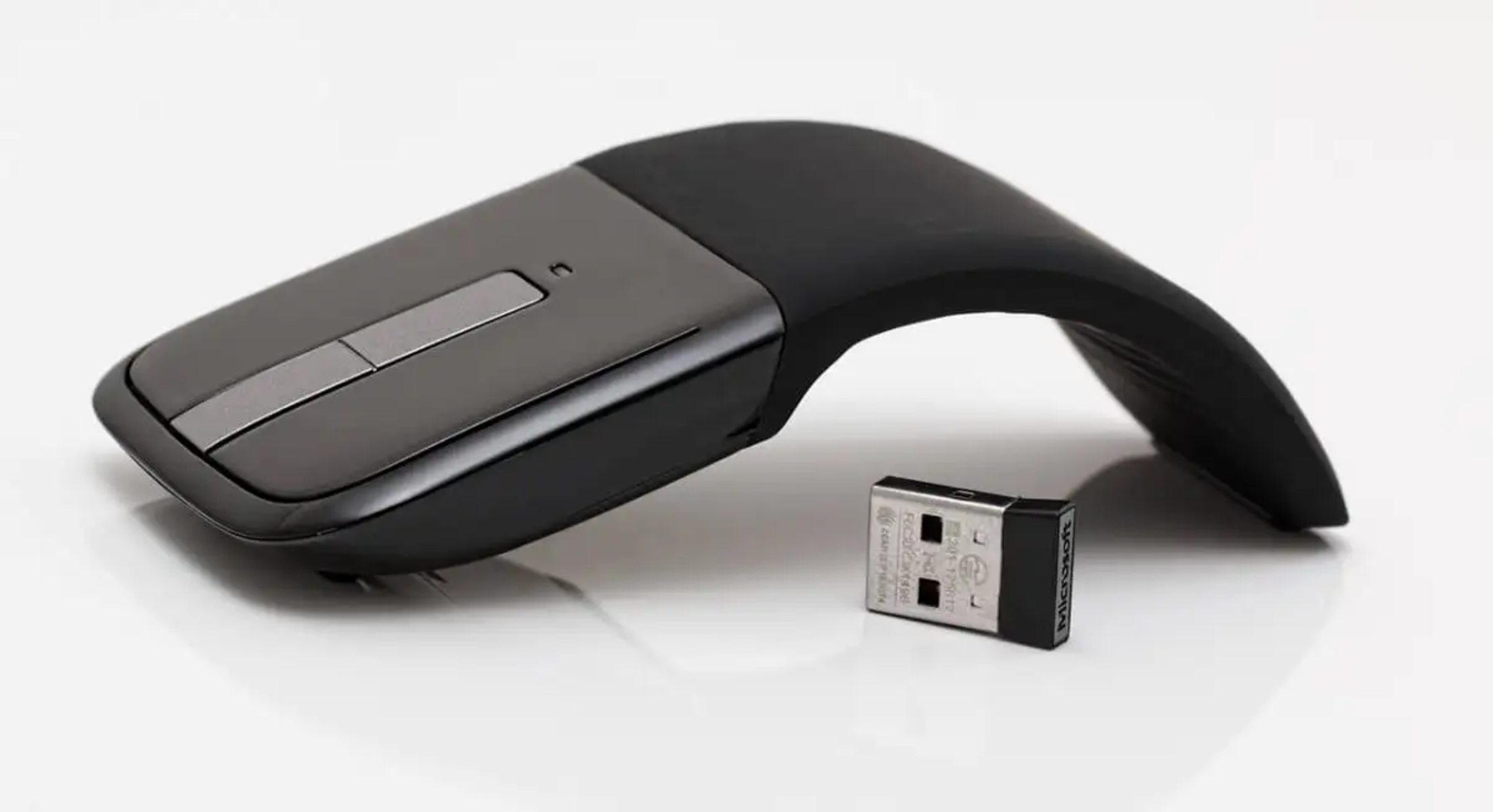Introduction
Chromebooks are known for their simplicity and ease of use, but sometimes you might find yourself needing more power and flexibility. That’s where Crouton comes in. Crouton is a set of scripts that allows you to run a full Linux distribution alongside Chrome OS on your Chromebook.
By installing Crouton, you can unlock a whole new world of possibilities. You can run powerful software, access a wider range of applications, and customize your Chromebook to suit your needs. Whether you’re a developer seeking a Linux environment or just someone looking to explore new options, Crouton is the perfect solution.
In this guide, we will walk you through the steps to download Crouton on your Chromebook. We’ll explain how to enable Developer Mode, prepare your Chromebook for the installation, download and install Crouton, configure it, and even switch between Chrome OS and the Linux distribution of your choice.
Before we dive into the installation process, it’s important to note that installing Crouton will require you to enable Developer Mode on your Chromebook. This may void your warranty and can potentially expose your device to security risks. Make sure you understand the risks involved and proceed at your own discretion.
Now, let’s get started with the process of downloading Crouton and unleashing the full potential of your Chromebook.
Understanding Crouton
Before we dive into the process of downloading and installing Crouton on your Chromebook, let’s take a moment to understand what exactly Crouton is and how it works.
Crouton stands for “Chromium OS Universal Chroot Environment”. It is a set of scripts that allows you to run a full Linux distribution alongside Chrome OS on your Chromebook. In simple terms, it creates a separate container within your Chromebook’s operating system, which allows you to install and use Linux-based software.
One of the key advantages of Crouton is that it doesn’t replace or modify Chrome OS. Instead, it runs in a chroot environment, which stands for “change root”. This means that you can have both Chrome OS and a Linux distribution running simultaneously, without having to switch between the two. You can think of it as having the best of both worlds.
When you install Crouton, you can choose from a variety of Linux distributions to use alongside Chrome OS, such as Ubuntu, Debian, or Kali Linux. This gives you access to a vast ecosystem of software and allows you to perform tasks that may not be possible on Chrome OS alone.
Crouton provides a seamless integration between Chrome OS and the Linux distribution you choose. You can run Linux applications alongside Chrome OS apps, open a Linux terminal within Chrome OS, and even access files from both operating systems.
It’s important to note that while Crouton allows you to run Linux software on your Chromebook, it does have its limitations. Crouton does not provide the same level of performance as running Linux natively on a dedicated machine. However, for most tasks, the performance difference is negligible.
Now that you have a better understanding of what Crouton is and how it works, let’s dive into the step-by-step process of downloading and installing it on your Chromebook.
Step 1: Enable Developer Mode on Your Chromebook
Before you can download and install Crouton on your Chromebook, you first need to enable Developer Mode. Developer Mode is a feature that allows you to modify the operating system and install custom software on your Chromebook. However, it is important to note that enabling Developer Mode will wipe all data on your Chromebook, so be sure to back up any important files before proceeding.
Here’s how you can enable Developer Mode:
- Power off your Chromebook completely by pressing the power button.
- Press and hold down the Esc key, Refresh key (the key with the circular arrow), and the Power button simultaneously. This will boot your Chromebook into Recovery Mode.
- Once in Recovery Mode, you will see a screen with a yellow exclamation mark. Press Ctrl + D on your keyboard. This will prompt a confirmation screen.
- On the confirmation screen, press Enter to enable Developer Mode. Your Chromebook will then reboot and begin the process of enabling Developer Mode.
- During the process, you may see a screen displaying a warning about the OS verification being turned off. This is normal and expected in Developer Mode.
- Wait for the process to complete. Your Chromebook will then restart and boot into Developer Mode.
Once you have successfully enabled Developer Mode on your Chromebook, you can proceed to the next step: preparing your Chromebook for downloading Crouton.
Step 2: Preparing Your Chromebook for Downloading Crouton
With Developer Mode enabled on your Chromebook, you are now ready to prepare your device for downloading and installing Crouton. This step involves making some adjustments in the Chrome OS settings to ensure a smooth installation process.
Follow these steps to prepare your Chromebook:
- Log in to your Chromebook and connect to the internet.
- Click on the system tray in the bottom-right corner of the screen. This will open the status area.
- Click on the gear icon to open the Settings menu.
- In the Settings menu, click on “Linux (Beta)” in the left-hand navigation panel.
- Click on the “Turn On” button to enable Linux (Beta) on your Chromebook.
- Once Linux (Beta) is enabled, click on the “Install” button to begin the installation process. This may take a few minutes, so be patient.
- After the installation is complete, click on the “Linux (Beta)” option in the left-hand navigation panel to access the Linux terminal.
- Follow the prompts to set up Linux (Beta) on your Chromebook. You will need to create a username and password for your Linux container.
- Wait for the Linux container to initialize. Once it’s ready, you will have access to a full Linux command line interface on your Chromebook.
With your Chromebook prepared and Linux (Beta) installed, you can now proceed to the next step: downloading and installing Crouton.
Step 3: Downloading and Installing Crouton
Now that your Chromebook is ready, it’s time to download and install Crouton. This process requires a few simple steps, and before you know it, you’ll have a fully functional Linux distribution running alongside Chrome OS.
Follow these steps to download and install Crouton:
- Open the Linux terminal by clicking on the “Linux (Beta)” option in the left-hand navigation panel of the Settings menu.
- In the Linux terminal, enter the following command:
- The Crouton installation process will begin. Follow the prompts to select your desired settings, such as the size of the Linux installation and the username and password for your Linux account.
- Once the installation process is complete, you can start using your Linux distribution. To enter the Linux desktop environment, enter the following command in the Linux terminal:
sudo sh ~/Downloads/crouton -t [desktop-environment]
Replace [desktop-environment] with the name of the Linux desktop environment you want to install. For example, if you want to install Ubuntu, the command would be:
sudo sh ~/Downloads/crouton -t ubuntu
sudo start [desktop-environment]
Replace [desktop-environment] with the name of the Linux desktop environment you installed. For example, if you installed Ubuntu, the command would be:
sudo start unity
That’s it! You now have Crouton installed on your Chromebook, and you can enjoy the power and flexibility of a full Linux distribution alongside Chrome OS. You can run Linux applications, customize your desktop, and explore a vast array of software options.
In the next step, we will guide you on how to configure and run Crouton to optimize your experience.
Step 4: Configuring and Running Crouton
Now that you have Crouton installed on your Chromebook, it’s time to configure it to suit your preferences and start using it alongside Chrome OS. In this step, we’ll guide you through the process of configuring and running Crouton.
Follow these steps to configure and run Crouton:
- Open the Linux terminal by clicking on the “Linux (Beta)” option in the left-hand navigation panel of the Settings menu.
- To enter the Linux desktop environment, enter the following command in the Linux terminal:
- Once you’re in the Linux desktop environment, you can customize it to your liking. Install additional software, change the desktop wallpaper, and configure the settings to meet your needs.
- To switch between Chrome OS and Crouton, press Ctrl+Alt+Shift+Back and Ctrl+Alt+Shift+Forward.
- To shut down or restart Linux, enter the following command in the Linux terminal:
sudo start [desktop-environment]
Replace [desktop-environment] with the name of the Linux desktop environment you installed. For example, if you installed Ubuntu, the command would be:
sudo start unity
sudo poweroff (to shut down) or sudo reboot (to restart)
That’s it! You have successfully configured and started using Crouton on your Chromebook. Enjoy the flexibility and power of a full Linux distribution alongside Chrome OS.
Keep in mind that Crouton may have its limitations and could potentially have compatibility issues with certain hardware or software. It’s always a good idea to research and consult the Crouton documentation or community for any specific issues or troubleshooting steps.
In the next step, we’ll discuss how you can switch between Chrome OS and your installed Linux distribution.
Step 5: Switching Between Chrome OS and Ubuntu
One of the great advantages of using Crouton on your Chromebook is the ability to seamlessly switch between Chrome OS and your installed Linux distribution, such as Ubuntu. This allows you to take advantage of both operating systems and use them for different tasks or purposes.
Here’s how you can switch between Chrome OS and your installed Linux distribution:
- If you are currently in Chrome OS, open the Linux terminal by clicking on the “Linux (Beta)” option in the left-hand navigation panel of the Settings menu.
- To enter the Linux desktop environment, enter the following command in the Linux terminal:
- Your Chromebook will switch to the Linux desktop environment, and you can start using Ubuntu or your chosen Linux distribution.
- To switch back to Chrome OS from Ubuntu, press Ctrl+Alt+Shift+Back. This will take you back to Chrome OS.
- If you are currently in the Linux desktop environment and want to shut down or restart Linux, enter the following command in the Linux terminal:
sudo start [desktop-environment]
Replace [desktop-environment] with the name of the Linux desktop environment you installed. For example, if you installed Ubuntu, the command would be:
sudo start unity
sudo poweroff (to shut down) or sudo reboot (to restart)
By being able to switch between Chrome OS and Ubuntu, you have the flexibility to use the operating system that suits your current needs. Whether you want to browse the web and access Android apps in Chrome OS or work on development projects using Linux-based tools in Ubuntu, you can easily switch between the two environments.
Remember that when you switch to Linux, your Chrome OS applications will be suspended. When you switch back to Chrome OS, your Linux environment will also be paused. This ensures that you can seamlessly transition between the two without losing any data or progress in your applications.
In the next section, we’ll address some common issues you might encounter and provide troubleshooting tips to help you resolve them.
Troubleshooting Common Issues
While installing and using Crouton on your Chromebook is generally a smooth experience, you may encounter some common issues along the way. In this section, we’ll address a few common problems that users may face and provide some troubleshooting tips to help resolve them.
1. Compatibility issues: Crouton may have compatibility issues with certain hardware or software configurations. If you’re experiencing compatibility issues, try researching the specific issue online or reaching out to the Crouton community for assistance.
2. Crashing or freezing: If your Crouton installation crashes or freezes frequently, it could be due to a hardware resource limitation. Make sure you’re not running too many resource-intensive applications at once and consider increasing the size of your Crouton installation during the installation process.
3. Broken packages or dependencies: If you encounter errors related to broken packages or dependencies while installing or running software within your Crouton environment, try upgrading or reinstalling those specific packages or dependencies using the Linux terminal.
4. Slow performance: If you find that your Crouton environment is running slowly, consider closing any unnecessary background processes or disabling any unnecessary startup applications within the Linux desktop environment. You can also try increasing the amount of storage allocated to your Crouton installation.
5. Network connectivity issues: If you’re experiencing problems with network connectivity, such as Wi-Fi not working or slow internet speeds, ensure that your Chromebook’s Wi-Fi is enabled and properly connected. You can also try restarting your Chromebook or restarting the network interface within the Linux terminal.
Remember that Crouton is an open-source project, and the community can provide valuable assistance and solutions to many issues you might encounter. Be sure to consult online forums, documentation, and the Crouton subreddit for additional troubleshooting advice specific to your situation.
By following these troubleshooting tips and seeking guidance from the Crouton community, you can overcome common issues and optimize your Crouton experience on your Chromebook.
Now that you’re equipped with troubleshooting knowledge, you can confidently navigate any hiccups you may encounter along the way.
Conclusion
With Crouton installed on your Chromebook, you have unlocked a new level of versatility and functionality. By running a full Linux distribution alongside Chrome OS, you can access a wide range of software, customize your desktop environment, and perform tasks that may not be possible on Chrome OS alone.
In this guide, we’ve walked you through the process of downloading and installing Crouton on your Chromebook. We started by enabling Developer Mode and preparing your Chromebook for the installation. Then, we delved into the steps of downloading and installing Crouton, configuring it to your liking, and switching between Chrome OS and your installed Linux distribution.
We also provided troubleshooting tips for common issues you may encounter during the installation or use of Crouton. Remember to consult online resources and the Crouton community for additional guidance and support.
It’s important to note that while Crouton offers great flexibility, it does come with some limitations. The performance may not match that of running Linux natively on a dedicated machine, and compatibility issues with specific hardware configurations can arise. Before proceeding with the installation, make sure you understand the potential risks and requirements.
Whether you’re a developer seeking a Linux environment or an enthusiast looking to explore new possibilities, Crouton opens up a world of opportunities on your Chromebook.
Now that you have the knowledge and tools to download and install Crouton, it’s time to unleash the full potential of your Chromebook and enjoy the seamless integration of Chrome OS and Linux.
Happy computing!









